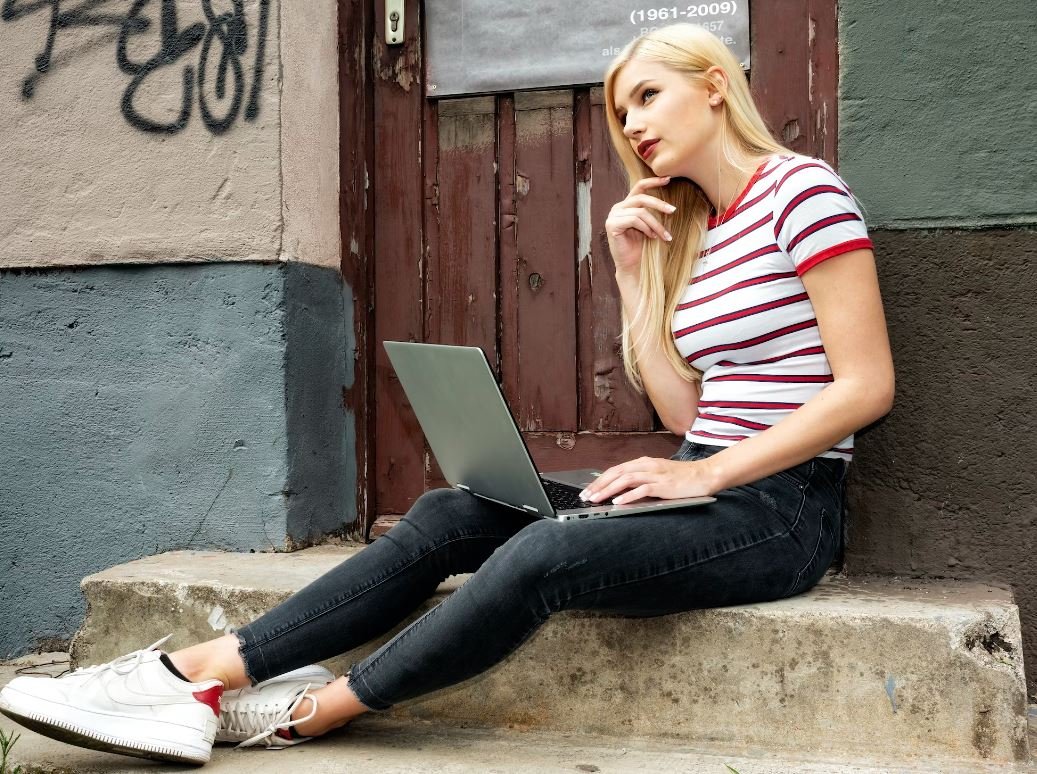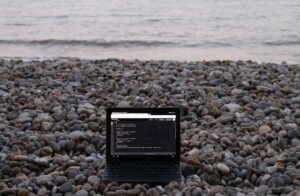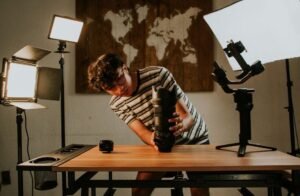AI Art Controversy
Artificial Intelligence (AI) has been making headlines in various fields, and the world of art is no exception. The emergence of AI-generated art has sparked a growing debate within the art community, challenging traditional notions of creativity and authorship.
Key Takeaways
- AI-generated art raises questions about the role of the artist and the authenticity of the work.
- The ethical implications of AI art ownership and rights are being widely debated.
- AI art has both supporters who embrace the innovation and critics who view it as a threat.
Artificial Intelligence, with its ability to analyze vast datasets and learn patterns, has been used to create unique and visually stunning artworks. This technology offers new possibilities for artistic expression, blurring the boundaries between human creativity and machine-generated output. *AI art challenges the traditional notion that creativity is exclusively a human trait.*
One of the key concerns surrounding AI-generated art is the question of authorship. Who should be credited as the artist when AI algorithms are responsible for generating the works? Is it the AI itself, the programmer who developed the algorithms, or the human who fine-tuned the parameters? This debate has sparked interesting discussions within the art community and poses legal challenges regarding intellectual property rights. *The notion of authorship becomes blurred as AI becomes the artist’s tool rather than a separate entity.*
Another ethical dilemma arises when it comes to ownership and rights in the world of AI art. While traditional artworks are physically owned by individuals or institutions, AI art exists in the digital realm, making it easier to duplicate and distribute. This raises questions about the value and uniqueness of such artworks. *AI-generated art challenges the traditional art market and its perception of scarcity and value.*
AI Art Controversy: Perspectives
Supporters of AI-generated art argue that it offers a new frontier of creativity. By leveraging machine learning algorithms, AI can produce artworks that go beyond what human artists can envision. Additionally, AI art can provide valuable insights into the creative process, as the algorithms can reveal patterns and trends that may otherwise go unnoticed. *AI expands the realms of artistic possibilities and offers new perspectives and insights.*
On the other hand, critics express concerns over the potential devaluation of human creativity and craftsmanship. They argue that AI-generated art lacks the emotional depth and unique perspective that only human artists can provide. Some also worry about the impact of AI on employment in the art industry, questioning whether AI will replace human artists entirely. *AI art may be innovative, but it cannot replicate the ineffable qualities that human artists bring to their work.*
The Future of AI Art
The controversial nature of AI-generated art ensures that the conversation surrounding its impact will continue to evolve. As technology advances and AI becomes more sophisticated, the boundaries between human and machine creativity will be increasingly blurred. The art community, legal experts, and society as a whole must grapple with the complex questions raised by AI art. *The integration of AI into the art world is an ongoing trend that will shape the future of artistic expression.*
| Table 1: Pros and Cons of AI Art | |
|---|---|
| Pros | Cons |
| Unlimited creativity and new possibilities | Potential devaluation of human creativity |
| Insights into the creative process | Lack of emotional depth and unique perspective |
| Pushes the boundaries of artistic expression | Potential impact on employment in the art industry |
Table 1 showcases the main pros and cons of AI-generated art, highlighting the diverse viewpoints surrounding this controversial topic.
| Table 2: Examples of AI Art Projects | |
|---|---|
| Project | Description |
| Dreams of Dali | An AI algorithm brings Salvador Dali’s paintings to life by animating his iconic imagery. |
| The Next Rembrandt | An algorithm analyzes Rembrandt’s paintings to create a new artwork in his style. |
| Aiva | An AI composer that generates original musical compositions in various genres. |
Table 2 highlights some notable AI art projects that demonstrate the capabilities of this technology in the realms of painting and music composition.
- AI-generated art challenges traditional notions of creativity and authorship.
- Questions arise regarding ownership and intellectual property rights in the digital realm.
- Supporters argue that AI art expands artistic possibilities, while critics raise concerns about devaluing human creativity.
| Table 3: AI Art Perspectives | |
|---|---|
| Supporters | Critics |
| AI expands artistic possibilities | Lacks emotional depth and unique perspective |
| Reveals insights into the creative process | Potential impact on employment in the art industry |
Table 3 summarizes the key perspectives from both supporters and critics of AI-generated art, reflecting the ongoing debate in the art community.
AI Art Controversy: A Continuing Dialogue
The emergence of AI-generated art has ignited a passionate debate among artists, scholars, and enthusiasts. As technology progresses, AI will undoubtedly play an increasing role in the art world. However, the impacts on creativity, authorship, and the art market will continue to be nuanced and subject to ongoing discussion and reflection. *The AI art controversy is a vibrant dialogue that explores the future of human and machine collaboration in the realm of artistic expression.*
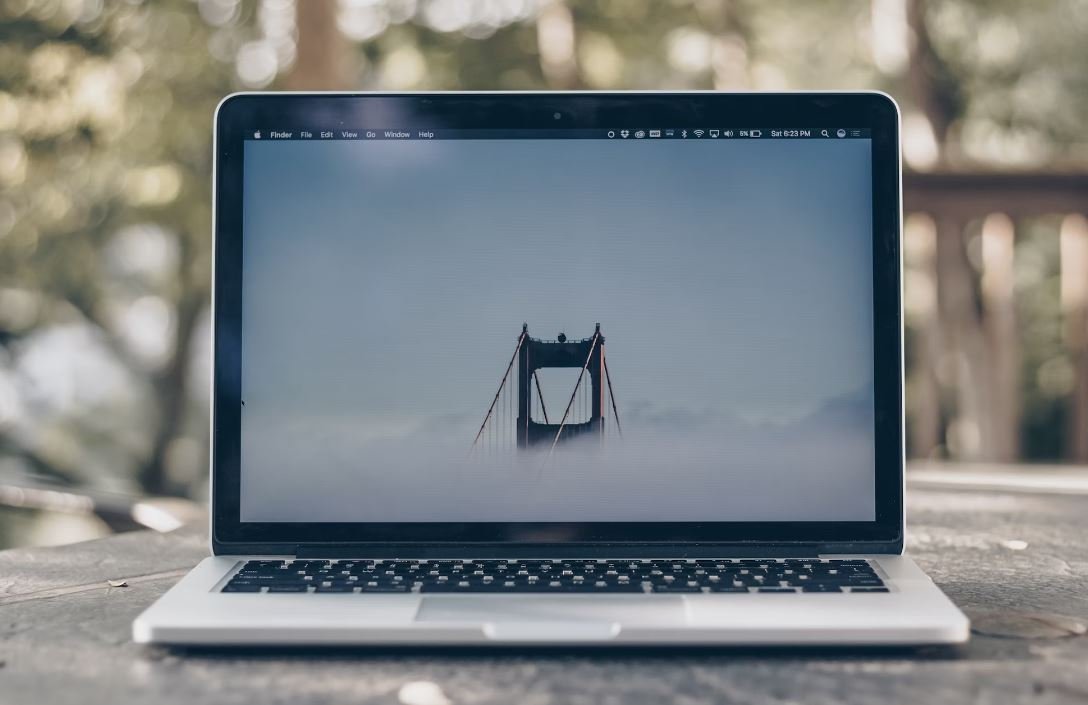
Common Misconceptions
1. AI Art is created by actual artists
One common misconception people have about AI art is that it is created solely by actual artists. In reality, AI art is a collaboration between machines and human artists. AI algorithms are used to generate initial artwork based on patterns and data, and then human artists use their creative skills to refine and enhance the final piece.
- AI art is a combination of algorithmic generation and human creativity.
- Human artists play a crucial role in shaping the final artwork generated by AI.
- The use of AI in art does not replace the role of human artists, but rather expands their creative possibilities.
2. AI-generated art lacks originality and creativity
Another misconception surrounding AI art is that it lacks originality and creativity. While it is true that AI algorithms are programmed to learn from existing artwork and generate similar styles, they are also capable of producing unique and unexpected compositions. AI can create art that challenges traditional notions of creativity and opens new artistic possibilities.
- AI-generated art can introduce fresh and unconventional perspectives.
- Machine learning algorithms can push the boundaries of creativity beyond human limitations.
- The ability of AI to remix and combine different artistic styles can result in innovative and striking artwork.
3. AI art is a threat to the livelihood of human artists
One misconception is that AI art poses a threat to the livelihood of human artists. While it is true that AI can replicate certain styles and generate artwork, it cannot completely replace the unique vision, emotional depth, and storytelling abilities that human artists bring to their work. Instead of threat, AI can be seen as a tool that artists can incorporate into their creative process.
- Human artists have the ability to infuse their personal experiences and emotions into their artwork.
- AI can be used by artists as a supportive tool to enhance their creative process.
- AI-generated art can complement and inspire human artists, rather than substituting them.
4. AI art is just a gimmick or a novelty
Some people view AI art as nothing more than a gimmick or a novelty. They believe that it lacks substance and is only created to generate media hype. However, AI art has the potential to explore new aesthetic possibilities and challenge visual conventions in ways that traditional art forms may not be able to.
- AI art can challenge the status quo and break away from traditional artistic norms.
- It provides opportunities for experimentation and exploration of new artistic techniques.
- The integration of AI in art can lead to meaningful and thought-provoking creations.
5. AI art cannot evoke deep emotions like human-created art
Many people believe that AI-generated art lacks the ability to evoke deep emotions like art created by humans. While AI may not have the same emotional experiences and life stories as human beings, it can still create art that resonates with and elicits emotional responses from viewers. AI algorithms can analyze and learn from emotional responses to artwork to better understand and replicate those emotional qualities.
- AI-generated art can trigger emotional responses and stir contemplation in viewers.
- Machine learning algorithms can be programmed to understand and incorporate emotional elements into art.
- The emotional impact of AI art may differ from human-created art, but it is not inherently inferior.
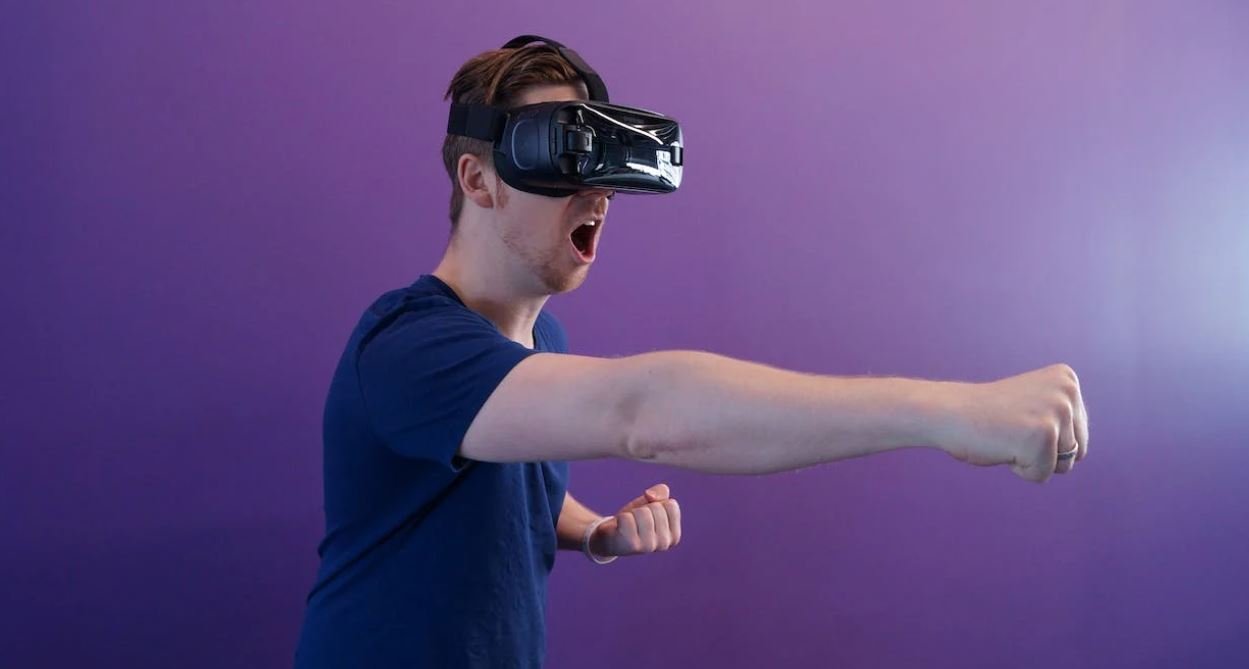
The Rise of AI Art
Artificial intelligence (AI) has revolutionized various industries, including the art world. AI algorithms are now capable of generating stunning visual and auditory creations, blurring the lines between human and machine-made art. However, the emergence of AI art has also sparked controversy, questioning the authenticity, originality, and ethical implications of these automated creations. This article explores various aspects of the AI art controversy through a series of engaging tables.
The AI Art Market
The AI art market has seen remarkable growth in recent years. It has attracted investors, collectors, and art enthusiasts who are intrigued by the uniqueness of AI-generated art. This table showcases the top AI art sales at auctions worldwide.
| Year | AI Artwork | Sale Price |
|---|---|---|
| 2018 | “Portrait of Edmond de Belamy” by Obvious | $432,500 |
| 2020 | “Edmond de Belamy, from La Famille de Belamy” by Obvious | $1,200,000 |
| 2021 | “Everydays: The First 5000 Days” by Beeple | $69,346,250 |
AI Art vs. Human Art
The comparison between AI-generated art and art created by human artists is a topic of debate within the art community. This table highlights the different perspectives on AI art as compared to human-made art.
| Perspective | AI Art | Human Art |
|---|---|---|
| Authenticity | Challenged due to the lack of human touch | Preserved as an expression of human emotions |
| Originality | Generated based on pre-existing data and algorithms | Highly subjective and unique to the artist’s vision |
| Intention | AI lacks conscious intention in creating art | Artists communicate specific messages through their work |
AI Art in Museums
Major art institutions have recognized the significance of AI art and have started displaying AI-generated artworks in their exhibitions. This table presents some renowned museums that have showcased AI art.
| Museum | City | AI Artwork |
|---|---|---|
| Museum of Modern Art (MoMA) | New York, USA | “The Next Rembrandt” by Microsoft |
| Victoria and Albert Museum | London, UK | “Recognition” by Mario Klingemann |
| AI Art Lab | Paris, France | “AICAN” by Ahmed Elgammal |
Legal Ownership of AI Art
The legal ownership and copyright of AI-generated art have raised complex questions in the art world. This table explores different legal approaches taken by countries.
| Country | Ownership Status | Copyright |
|---|---|---|
| United States | Owned by the creator or their employer | Can be protected under copyright laws |
| Germany | Considered a work of the developer, not the AI | Not eligible for copyright protection |
| China | Undefined; subject to interpretation | Can be eligible for copyright protection |
AI Art in Public Opinion
The integration of AI art into society has elicited varying responses from the public. This table showcases the different opinions regarding AI-generated art.
| Opinion | Supporters | Critics |
|---|---|---|
| Exciting Innovation | AI enthusiasts, tech-savvy individuals | Art purists, skeptics of AI capabilities |
| Democratization of Art | Believers in expanding access to art | Artists concerned about devaluation of human creativity |
| Ethical Concerns | Supporters of responsible AI usage | Fearful of AI replacing human artists |
AI Art in Public Spaces
The integration of AI art into public spaces has transformed urban environments, showcasing AI’s impact beyond the traditional art spaces. This table highlights some fascinating examples of AI art installations around the world.
| City | Artwork |
|---|---|
| Seoul, South Korea | “AI Art Gallery” – Interactive AI artworks displayed on city walls |
| San Francisco, USA | “Thinking” – AI-generated animations projected on buildings |
| Shanghai, China | “AI Utopia” – AI-generated murals on public transportation stations |
AI Art Recognition Techniques
Experts have developed techniques to distinguish AI-generated art from human-made art. This table presents the key methods used for AI art recognition.
| Recognition Method | Description |
|---|---|
| Feature Extraction | Identifying unique patterns and features in AI-generated art |
| Algorithm Analysis | Examining the computational processes behind the artwork |
| Data Analysis | Analyzing the input data used for generating the artwork |
The Future of AI Art
The controversy surrounding AI art continues to shape its future. While some predict AI will redefine creativity, others worry about the dehumanization of art. This table highlights potential scenarios for the future of AI art.
| Scenario | Description |
|---|---|
| AI Domination | A future where most artworks are created by AI algorithms |
| Coexistence | AI assistance blending with human artistic expression |
| Resistance | Artists actively opposing and rejecting AI art |
In conclusion, AI art has sparked both awe and controversy within the art world. The rise of AI-generated artworks, their increasing value in the market, and their integration into museums and public spaces have challenged established notions of art. This article delved into various dimensions of the AI art controversy, from legal ownership to public opinion, highlighting the ongoing debate surrounding AI’s role in shaping the future of artistic expression.
Frequently Asked Questions
What is the controversy surrounding AI art?
The controversy surrounding AI art pertains to the ethical, legal, and artistic implications of using artificial intelligence to create artwork. It raises questions about the role of the human artist, originality and authenticity, copyrights, and the potential consequences of AI-generated art on the art market.
How does AI generate art?
AI generates art through the use of algorithms, deep learning techniques, and neural networks. These systems are trained on large datasets of existing artwork and then generate new pieces of art based on the patterns they have learned.
Is AI art considered to be genuine art?
The status of AI art as genuine art is a matter of debate. While some argue that AI-generated art lacks the intention and emotional depth of human-created art, others believe that it showcases new forms of creativity and should be considered as a legitimate art form.
What are the copyright implications of AI-generated art?
The copyright implications of AI-generated art are complex. In most legal systems, copyright is granted to the human creator of a work. However, when AI is involved in the art-making process, questions arise regarding who holds the copyright and whether AI can be considered a legal creator.
What impact does AI art have on the art market?
The emergence of AI art has raised questions about its impact on the art market. Some fear that the proliferation of AI-generated art could devalue human-created art, while others believe it could lead to new opportunities for collaboration and exploration within the art world.
Can AI art be seen as a threat to human artists?
AI art is seen as both a threat and an opportunity for human artists. Some worry that AI-generated art could replace human creativity and craftsmanship, while others see it as a tool that can enhance and inspire human artistic expression.
What are the ethical concerns associated with AI art?
The ethical concerns surrounding AI art are diverse. They include questions about authorship, privacy, bias in AI algorithms, and the potential for AI-generated art to perpetuate harmful stereotypes or misinformation.
How does AI art challenge our notion of creativity?
AI art challenges our notion of creativity by blurring the lines between human and machine-generated art. It raises questions about the source of creativity and the role of the human artist in the art-making process.
What role does human intervention play in AI art?
Human intervention plays a significant role in AI art. While AI algorithms generate the initial output, human artists often fine-tune and curate the results. Additionally, human involvement is required to train AI systems, select datasets, and define the objectives for the AI-generated art.
What is the future of AI art?
The future of AI art is unpredictable but holds immense potential. As AI technology continues to advance, it is likely that AI-generated art will become more sophisticated and prevalent. The relationship between AI and human artists will evolve, and new forms of artistic collaboration and innovation may emerge.
